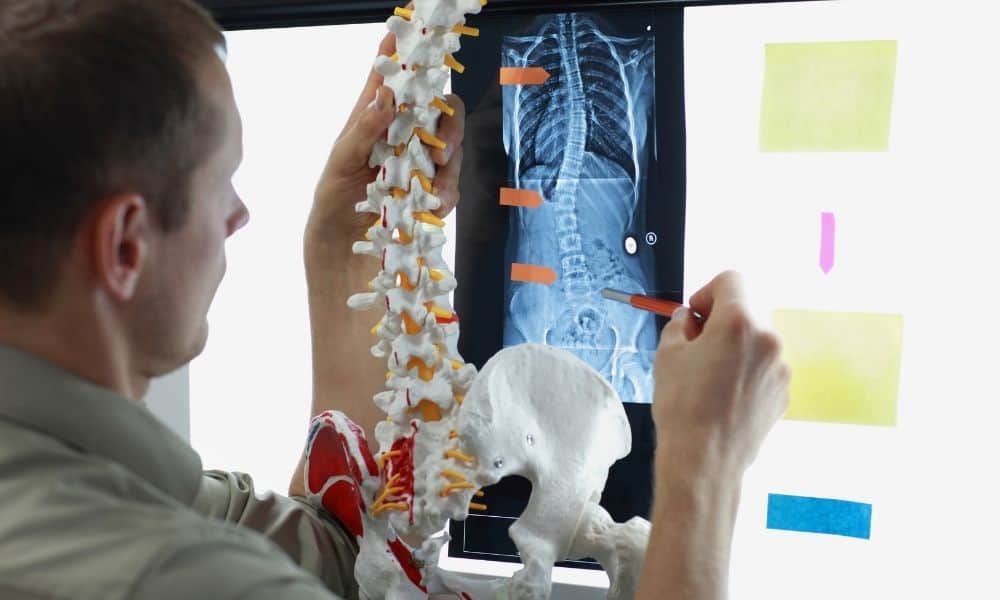Scoliosis is a common condition that goes untreated when it’s not easily noticeable. Healthcare providers must know the signs to make sure patients start treatment as soon as possible. Especially if you see children in your clinic, it’s essential to know the best ways you can support patients with scoliosis. Find out what healthcare professionals can do.
Continuous Monitoring
Most cases of scoliosis develop in early adolescence and don’t require invasive treatment. Patients with scoliosis need X-rays to monitor the progression of their curve. If the spine curves past a certain degree or progresses quickly, the patient may need bracing or surgery.
Be Patient
Receiving treatment for scoliosis isn’t easy. Attending multiple doctors’ appointments, taking medications, and dealing with pain and discomfort are difficult for anyone to manage, especially children experiencing the condition. Treatment may cause pain if wearing a scoliosis brace hurts. Be patient with your client and help them find ways to feel better until they no longer need the brace.
Mind Your Language
The language you use around people with scoliosis matters. Avoid words and terms like “hump” or “hunchback.” It’s not a “deformity” or a “disease.” The arch or curve is not necessarily a bad thing; many people will live full, quality lives with the condition. Many famous people have scoliosis and don’t let it stop them from being successful.
Know the Signs of Stress and Depression
Doctors should be aware of common signs of stress and depression in their patients. These can worsen a condition or prevent patients from engaging in treatment. If you notice signs of withdrawal, moodiness, or mood swings, consider offering counseling services or connecting your patient with support services in the area.
Get Involved
One of the best ways you can support patients with scoliosis is by getting involved in the community that supports them. You don’t have to have the condition to attend groups and read forums to understand what it’s like to live with it. The more you learn, the more you can emphasize with your patients.
Supporting patients with scoliosis requires patience, mindfulness, and ongoing learning. Listen to your patients and watch for signs of depression that may hinder treatment. Aim for holistic methods that steer your clients in the direction of healing.








